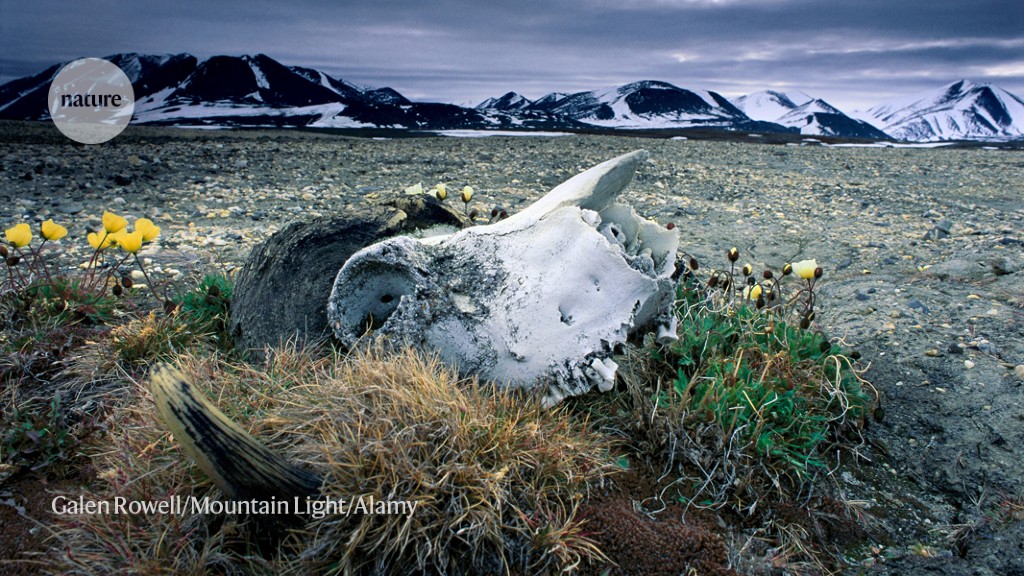How to distinguish ancient DNA from modern ones: The case of Neanderthal, the Kap Kbenhavn and Dalén Pääbo
The Nobel Prize in Physiology or Medicine was awarded on Monday to Svante Pääbo, a Swedish-born scientist who spent decades trying to extract DNA from 40,000-year-old bones and ultimately unveiled the Neanderthal genome in 2010.
In 2021, Dalén’s team obtained partial genomes from million-year-old mammoth remains from Siberia, shattering the record for ancient-DNA preservation2. But Dalén and other scientists suspected that although DNA degrades into ever-shorter fragments over time, even older sequences could be recovered and interpreted — if the right samples could be found.
The committee said that the Dr. Pbo’s obsession with recovering and analyzing ancient genetic material seemed destined to founder in the face of vexing technical difficulties.
Ancient DNA suffers from chemical damage and tends to be present in samples at very low levels. It can easily be contaminated by the DNA of scientists charged with handling it, making it difficult to distinguish ancient genes from modern ones. Scientists have to learn how to pick out genes from fossils becausebacterial can leave their DNA in them.
The northern part of the island used to be a lush forest where surprising organisms like poplar trees could be found.
The northeastern tip of the country is devoid of plants, animals and people. Mastodons and reindeer once lived in this region, and it is believed to be the oldest evidence of these animals on Earth.
“It’s pretty awesome,” adds Love Dalén, a palaeogeneticist at the Swedish Museum of Natural History in Stockholm who was not involved in the study. A mastodon wouldn’t be expected up there in a million years.
The Kap Kbenhavn were tested periodically by Willerslev’s team as methods for getting ancient DNA improved. A couple of years ago, they got their first success. They were able to identify shards of authentic ancient DNA from over 16 billionFragments of Genetic material that had been contaminated by modern organisms. Willerslev says that it is a massive effort.
“You would have expected such gigantic animals to be hard to miss in the fossil record,” says Ludovic Orlando, an ancient-DNA specialist at the Centre for Anthropobiology and Genomics of Toulouse in France. The results show the potential of ancient DNA to shed light on the past.
Willerslev thinks his team’s work could say something about how future ecosystems will respond to climate change, as well. “In these organisms is an ability to adapt in composition and in range that we don’t understand and we can’t predict,” he says.
